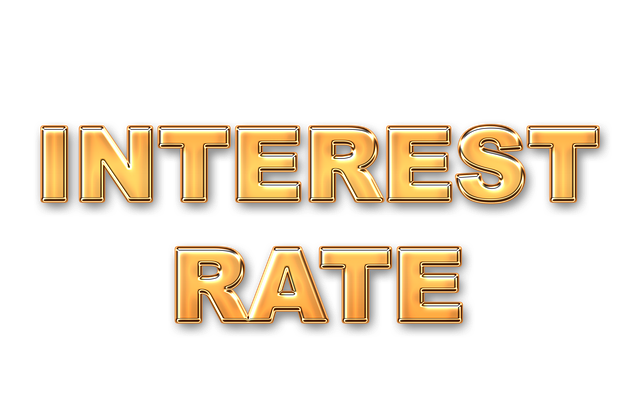Real estate borrowing costs vary by location and market dynamics, with urban areas generally having higher rates due to economic risks. Credit scores heavily influence loan terms and interest rates, impacting purchasing power. Borrowers can strategically review lender fees and origination points to avoid surprises and secure better terms in the competitive real estate market.
In the dynamic landscape of real estate, understanding borrowing costs is paramount for prospective investors. This article delves into the crucial determinants shaping your financial burden, offering a comprehensive guide on navigating the complex world of real estate financing. From the impact of location on interest rates to the hidden fees lenders charge, these insights empower buyers and investors alike to make informed decisions. Uncover the secrets behind credit scores, property types, and market trends influencing real estate borrowing costs—essential knowledge for anyone seeking to thrive in this competitive sector.
Location: The Key to Real Estate Borrowing Costs

The location plays a pivotal role in determining borrowing costs for real estate ventures. Geographic regions, cities, or even specific neighborhoods within a city can exhibit substantial variations in interest rates due to varying economic conditions, property demand, and local market dynamics. For instance, urban centers known for their vibrant economies and high real estate values often come with steeper borrowing costs as lenders perceive these areas as riskier investments. Conversely, suburban or rural locations might offer more favorable interest rates due to lower property prices and perceived lower default risks.
Understanding the micro-level factors within a location is crucial. Areas with rapidly growing populations or experiencing urban renewal projects may attract more investment, thereby increasing borrowing costs. In contrast, declining neighborhoods or regions facing economic downturns could see lenders offering competitive rates to stimulate real estate activity and support local recovery efforts. Thus, real estate investors must consider not just the property itself but also the broader location-specific factors that heavily influence borrowing costs.
Credit Score Impact on Loans for Properties

In the realm of real estate, a borrower’s credit score plays a pivotal role in determining their borrowing costs for properties. This numerical representation of an individual’s financial reliability is a crucial factor lenders consider when evaluating loan applications. A higher credit score generally indicates a lower risk to the lender, which translates to more favorable interest rates and terms for the borrower. Conversely, a low credit score may result in higher interest rates, smaller loan amounts, or even denial of financing, making it a significant determinant in securing a property through traditional loan methods.
Understanding the impact of credit scores is essential for prospective homebuyers as it can significantly affect their ability to afford a desired real estate asset. Maintaining or improving one’s credit score before applying for a loan can lead to better borrowing options and more competitive pricing, ultimately enhancing the purchasing power in the competitive real estate market.
Lender Fees and Rates: Uncovering Hidden Costs

In the complex landscape of real estate transactions, understanding lender fees and rates is a game-changer for borrowers. Often overshadowed by the allure of low-interest rates, these hidden costs can significantly impact your overall borrowing expenses. Lender fees encompass a variety of charges, from application processing fees to origination points, each adding up to create a substantial financial burden.
Unveiling these hidden expenses is crucial as it allows borrowers to make informed decisions. By meticulously reviewing loan estimates, individuals can uncover potential surprises and negotiate better terms. In the competitive real estate market, lenders often strive to offer attractive rates, but thorough scrutiny ensures that the seemingly appealing deal doesn’t come with unexpected financial pitfalls.






